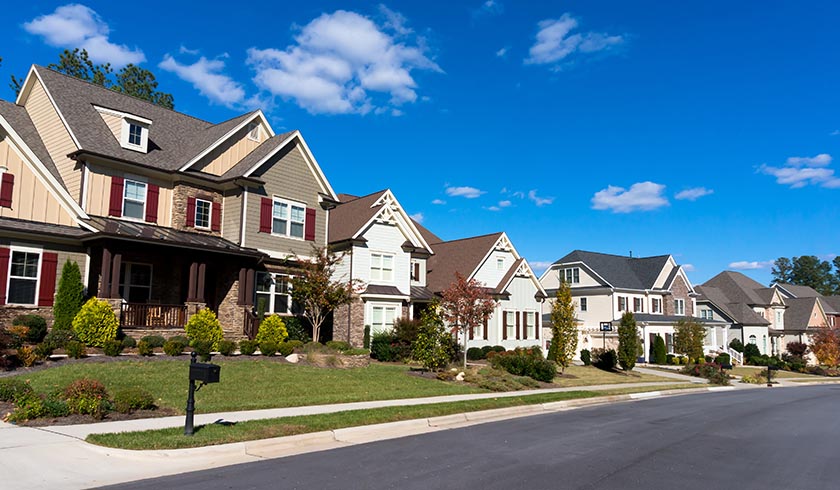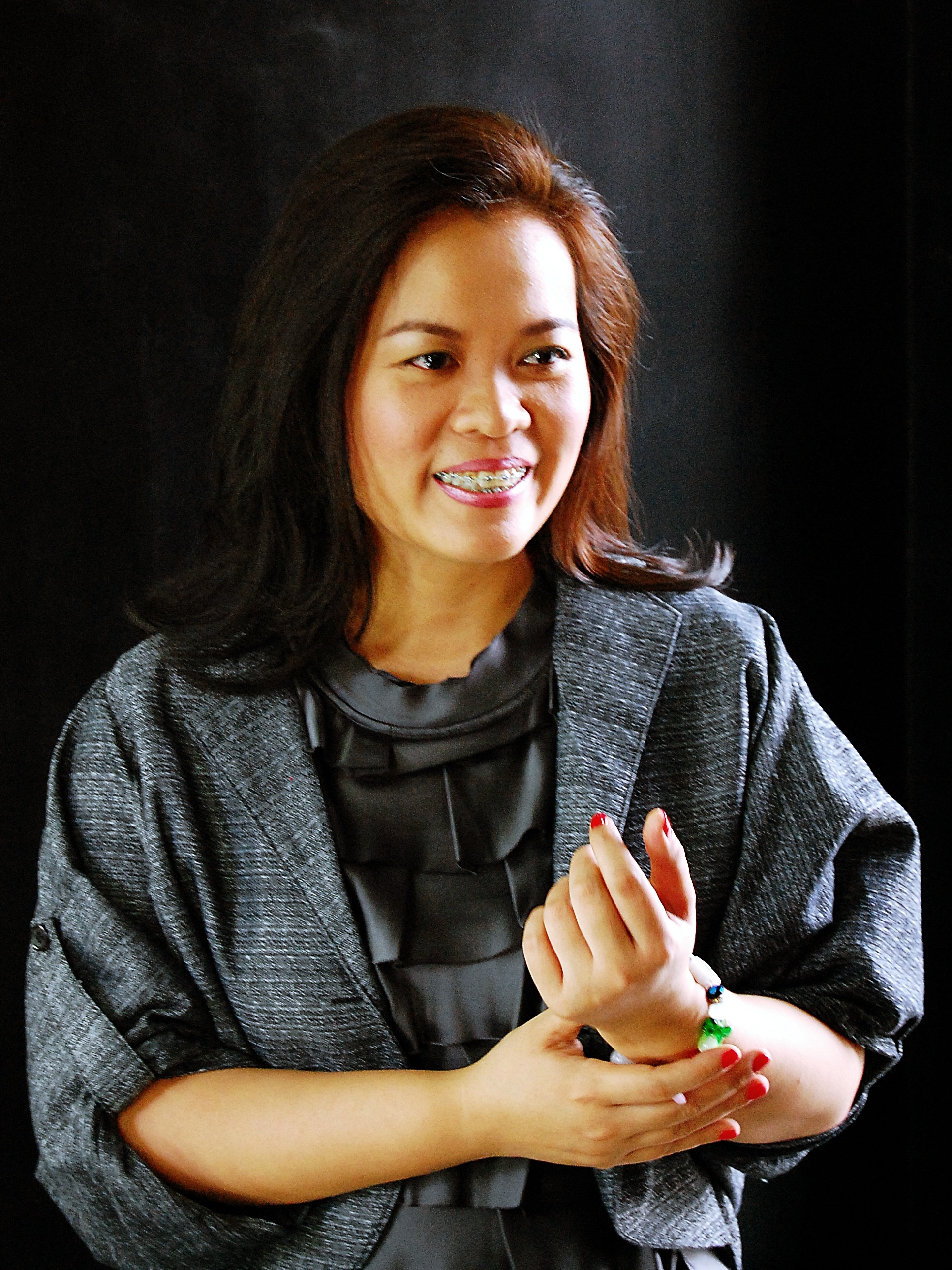Record-high house and unit price gap: CoreLogic
The disparity between house and unit prices has reached an all-time high, as Australia’s annual residential property value growth rate saw its quickest rise in 33 years.

According to CoreLogic’s latest Unit Market Update, unit values increased 14.3 per cent year-over-year in the 12 months to January, while house values increased 24.8 per cent.
The gap between house and unit values, on the other hand, hit a new high of 28.3 per cent in January.
In that month, national house prices rose 1.3 per cent, a slight increase from 1.2 per cent in December, while unit values fell from 0.4 per cent to 0.3 per cent.
The national median price for a unit is $606,584, with Sydney commanding the highest price of $837,640 among the capital cities, followed by Melbourne at $624,158, Canberra at $594,992, Hobart at $574,993, Brisbane at $458,149, Perth at $401,647, Adelaide at $393,036, and Darwin at $370,335.
House growth outpacing unit growth has been part of the market cycle over the past decade, noted CoreLogic research analyst and report author Kaytlin Ezzy.
However, the current performance gap has been noticeably larger than in previous cycles partly due to “COVID-related demand shocks disproportionately affecting unit demand”, she observed.
“The annual performance gap between houses and units began to narrow in the final three months of last year, in part due to the lifting of lockdowns and border restrictions as well as increasing affordability constraints diverting demand towards the medium to high-density sector,” said Ms Ezzy.
The author added that the yearly performance gap began to increase again in January, which could be explained in part by the “disparity between advertised house and unit availability”.
“Shortages in advertised listings throughout COVID have helped fuel value growth by creating a sense of urgency among buyers,” Ms Ezzy explained.
Based on CoreLogic’s report, the total advertised unit supply in the combined capital cities dipped 3.7 per cent in January compared to the same period last year and was 7.8 per cent lower than the previous five-year average.
Over the same time period, capital city house listings plummeted 12.5 per cent compared to this time last year and 32.7 per cent below the five-year average.
Still, Ms Ezzy highlighted that despite house values underperforming at the national level, it is worth noting that growth conditions in individual capitals and state regions have produced diverse results.
In comparison to their housing markets, Canberra (5.6 per cent), Darwin (2.6 per cent), regional Victoria (5.7 per cent), and regional Tasmania (9.2 per cent) all saw higher unit growth in the three months to January.
Despite the observed growth gap between units and houses, Ms Ezzy believes the unit market could still see a turnaround in 2022.
“It is likely affordability constraints will gradually pull some demand away from houses towards more affordable units and with international borders opening this month, Australia may gradually see a return to pre-COVID levels of migration,” she said.
“As most migrants initially rent in Sydney or Melbourne this could help bolster rental demand in those markets hardest hit by the pandemic, which, in turn, could boost investor demand and ultimately, unit prices.”

